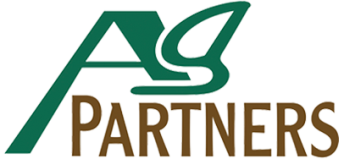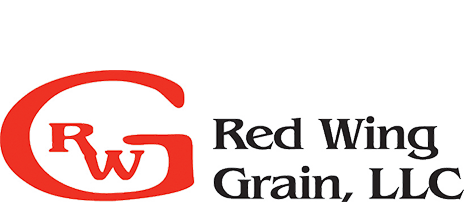
By Spence Driver spenced@agpartners.net
The annual Ag Partners Dairy Seminar was held January 24, 2018 at Treasure Island Resort & Casino in Red Wing, MN. We had great speakers this year, each with beneficial information for all dairy producers to take home and use on their operations.

Luke Daninger, a senior crop advisor with Ag Partners, gave a short presentation on how he and the Forage Club have been bringing agronomy and nutrition together to optimize yields and reach nutritional goals on the farm.

********************************************************Dr. Nigel Cook, University of Wisconsin – Madison School of Veterinary Medicine talked to producers about lameness in the dairy industry and that it should be a high priority to resolve.
Across numerous surveys in different production systems, three lesions emerge consistently as the most significant contributors to lameness – digital dermatitis, white line disease and sole ulcers. White line disease is primarily caused by floor surface and/or cow handling and shows up as while line separation toward the back of the foot. Sole ulcers and toe lesions are located more toward the front of the foot and are associated with thin soles caused by long walking distance and/or standing time on hard surfaces, abrasive floors and excessive trimming. Digital dermatitis is an infectious disease related to hygiene and improper use of foot baths.
Factors associated with lowering lameness
· Less time standing on concrete – deep bedded comfortable stalls
· Reduce overstocking
· Access to exercise lots or pasture (hard to implement with many farms)
· Prompt recognition and treatment\higher body condition scores
· Keep alleys clean
· Use of non-slippery rubber flooring in transfer lanes, parlor and holding area
· Properly designed foot bath that is kept clean
· Maximize lying time (recommend 12 hr/day)
One other emerging foot issue is reverse corkscrew; a deformity of the medial (inside) claw on the rear foot. This appears to be a symptom in heifers that have sand bedded stalls allowing for more traction while pushing against headlocks during feeding, causing unusual pressure on rear legs and feet. Overstocking heifer pens that have sand bedding and headlocks appears to be the perfect storm.
Heat stress reduces lying time. Cows accumulate heat while lying and dissipate heat while standing. Heat abatement is required to maximize lying time. Soakers at the feed lane and fans over the resting area that move air about 400 feet/min. This requires 48 to 52 inch fans spaced every 24 feet.
********************************************************
Dr. Geoff Dahl, University of Florida talked about the impact of environment and management during the dry period on future performance of the cow and calf.
We know that heat stress during lactation depresses dry matter intake, reduces milk yield and increases health events. But what impact does heat stress have on the dry cows and calves in utero?
Research at the University of Florida shows that cooling dry cows increases milk yield in the subsequent lactation. This is consistent with 10 other studies over the last 12 years. Milk production is a function milk secretory cell function and number of secretory cells. Cows dry during heat stress have less cell growth reducing milk producing capacity. This reduced cell growth is likely due to lower dry matter intake (energy) in the dry period. Cooling dry cows also improves immune status. Dr. Dahls research also shows that dry cows need to be cooled during the entire dry period, not just pre-fresh.
Dry cow heat stress also affects the calf. In utero, heat stress reduces calf birth weight and weaning weight, the calf’s ability to absorb nutrients and alters carbohydrate metabolism leading to greater fat deposition. A long-term study shows heat stress in utero decreases calf survival, decreases bodyweight to puberty and decreases reproductive performance. Interestingly, a calf under heat stress in utero has reduced milk yield (by up to 10 lb.) in her first lactation and may impact subsequent lactations. Based on all the evidence to date, it does pay to cool dry cows during the entire dry period.
********************************************************
Kim Bremmer, owner of Ag Inspirations, talked about how to lead a conversation supporting agriculture. She speaks about sustainable agriculture and the role science, technology and innovation impact how we grow and raise food.
· Improving production with less resources
· There is more to animals than just providing food
· Using unusable land for growing cattle feed
· Improved animal welfare
· Precision agriculture
It’s more than just producing healthy, nutritious food. We must be an agriculture advocate and communicate our story. There is too much misinformation influencing and instilling fear in consumers. Kim uses the acronym EASE to communicate with consumers:
· Engage
· Acknowledge
· Share
· Earn trust
The three hot topics that most consumers are concerned about are GMO, antibiotics and hormones.
If you want to learn more, go to Kim’s website aginspirations.com.




